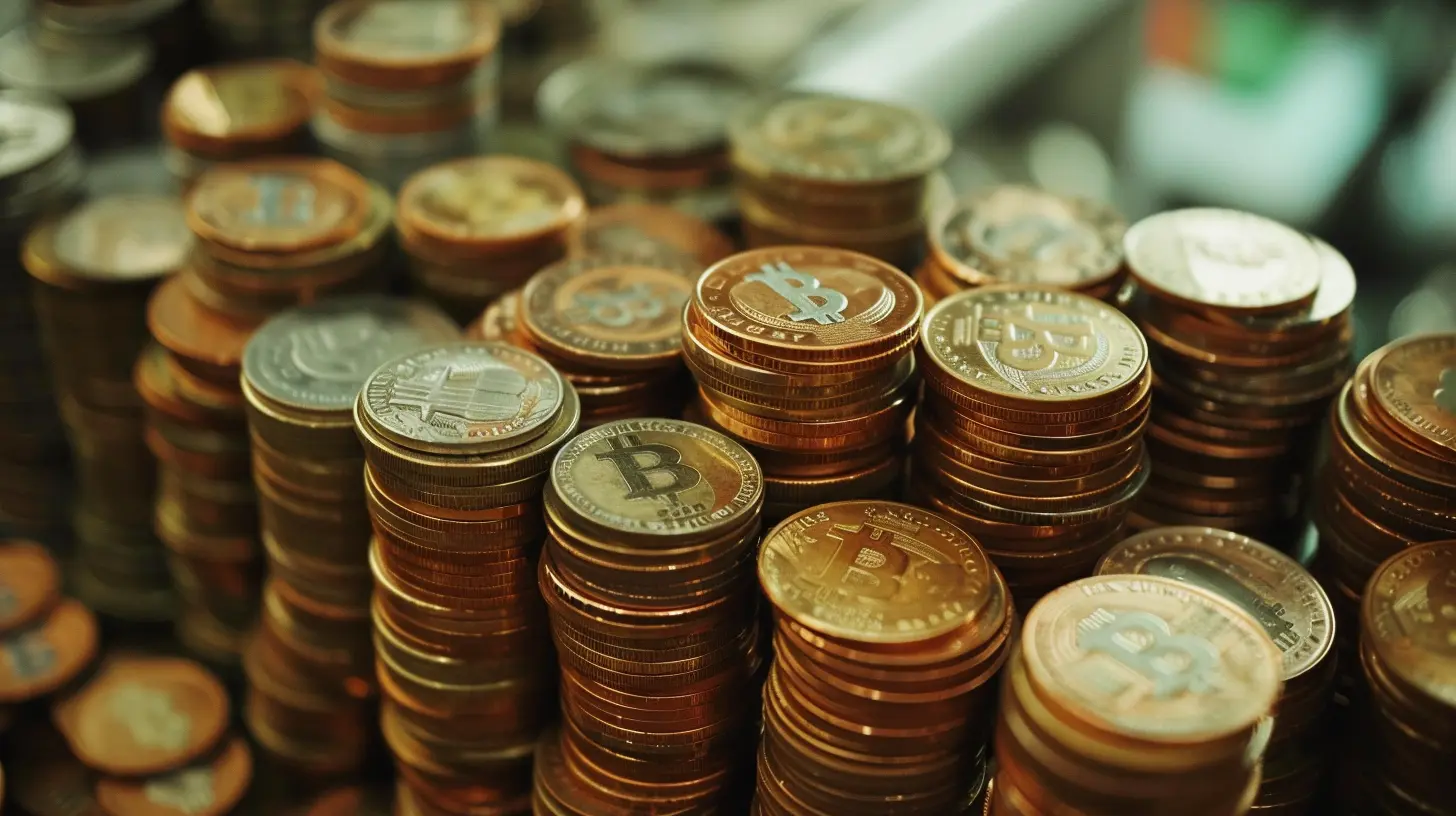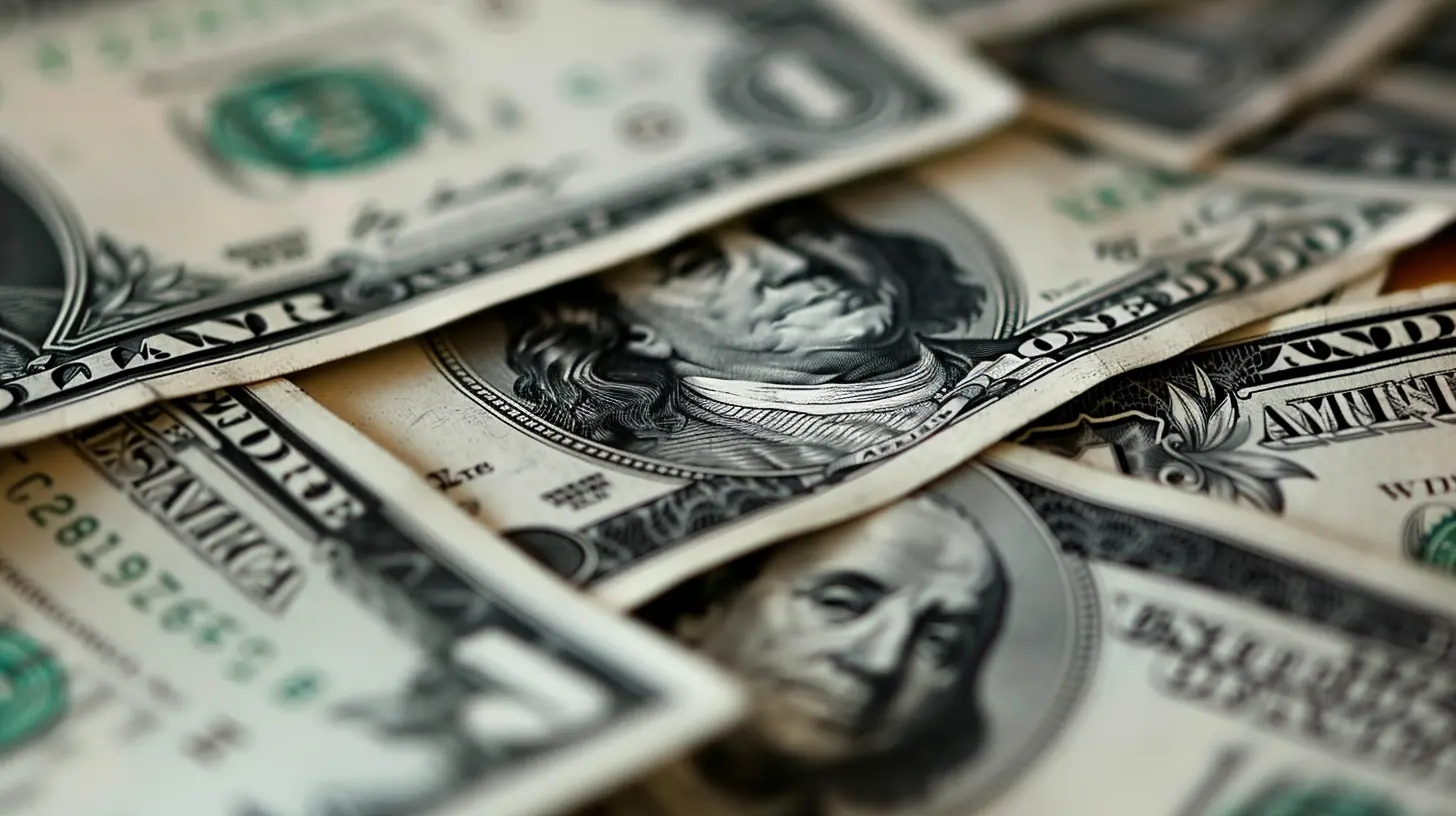25 February 2025
When it comes to investing, the world of finance can sometimes feel like you're trying to solve a never-ending puzzle. One term that you’ve probably come across if you're dabbling in stocks or dividends is the "dividend payout ratio." Sounds fancy, right? But trust me—it's not as complicated as it sounds. Whether you’re a seasoned investor or just someone curious about how companies reward their shareholders, understanding the dividend payout ratio is key to making smarter financial decisions. So let’s break it down together, step by step.
What Is a Dividend Payout Ratio?
Before we get ahead of ourselves, let's start with the basics. The dividend payout ratio is essentially the percentage of a company’s earnings that it gives back to its shareholders in the form of dividends. It’s like slicing up a pizza: how much of the pie (earnings) is the company sharing with its shareholders, and how much are they keeping for themselves?The formula is straightforward:
markdown
Dividend Payout Ratio = (Dividends Paid / Net Income) x 100
Let’s say a company earned $1 million in net income and distributed $400,000 in dividends. Using the nifty formula above, the dividend payout ratio would be:
markdown
(400,000 / 1,000,000) x 100 = 40%
So, this company decided to share 40% of its income with its shareholders while keeping the remaining 60% to reinvest in the business or save for future endeavors. Makes sense, right? 
Why Should You Care About the Dividend Payout Ratio?
You might be wondering, “Why does this even matter to me?” The dividend payout ratio is like a window into a company’s financial soul. It tells you a lot about their priorities, stability, and growth potential.1. Understanding the Company’s Strategy
Is the company more focused on rewarding shareholders, or are they reinvesting heavily to grow the business? A high dividend payout ratio (think 70-90%) means the company is giving most of its profits back to shareholders. This is common for more mature companies that already dominate their markets—think of them as the wise old turtles of the corporate world.On the flip side, a lower ratio (20-30%) often signals a younger, fast-growing company that’s reinvesting in innovation or expansion. They’re like the hares in the race, trying to sprint ahead of the competition.
2. Measuring Financial Stability
Have you ever heard the phrase, “Don’t bite off more than you can chew”? A company with a ridiculously high payout ratio—like over 100%—might be living dangerously. Why? Because it’s paying out more in dividends than it’s earning. This could mean they’re borrowing money to keep shareholders happy, which is not a sustainable strategy.On the other hand, a reasonable dividend payout ratio (somewhere between 30-70% for most industries) suggests the company is balancing its obligations while still keeping an eye on future growth.
3. Assessing Long-Term Growth Potential
Dividends are nice, but they shouldn’t come at the expense of a company’s future. If a company pays out too much in dividends, it might not have enough left to reinvest in new products, technology, or market opportunities.Think about it like this: Would you rather receive $10 today, or have that $10 reinvested so it could eventually grow into $50? Companies with lower payout ratios often have more room to grow, which could mean bigger rewards for shareholders in the long run. 
What’s a Good Dividend Payout Ratio?
Now, you might be thinking, “Okay, so what’s the magic number? What’s a ‘good’ dividend payout ratio?” Honestly, it depends on the industry and the type of company. There’s no one-size-fits-all answer, but here’s a general guide:- Low payout ratio (0-30%): Growth-focused companies (think tech startups or companies in emerging industries) often fall into this range.
- Moderate payout ratio (30-60%): Many companies in stable industries strike a balance here—it’s like the Goldilocks zone, not too high and not too low.
- High payout ratio (60-90%): Blue-chip companies or utility stocks often live in this range, prioritizing consistent income for shareholders over aggressive growth.
- Extreme payout ratio (90% and above): Warning signs ahead! This could indicate financial trouble unless the company is a Real Estate Investment Trust (REIT) or a similar entity legally required to pay out most of its earnings. 
Factors That Influence Dividend Payout Ratios
Now that you know what the dividend payout ratio is, let’s talk about the factors that can influence it. Because, let’s face it, every company has a unique story. Here are some key considerations:1. Industry Norms
Industries like utilities or telecommunications are known for high payout ratios because they operate in stable, low-growth environments. Meanwhile, tech companies or biotech firms tend to prioritize reinvestment over payouts.2. Economic Conditions
In uncertain economic times, companies might reduce their payout ratios to preserve cash. Think of it as financial hibernation.3. Company Lifecycle
Startups and younger companies naturally have lower payout ratios—they’re in growth mode. Mature companies, on the other hand, might have fewer reinvestment opportunities and are more likely to return cash to shareholders.4. Management Decisions
Sometimes, it boils down to the mindset of the leadership team. Some CEOs prioritize shareholder returns, while others focus on reinvesting every spare dime to grow the business.How to Use Dividend Payout Ratios in Your Investment Strategy
Okay, now for the fun part—how can you use dividend payout ratios to make smarter investment decisions?1. Know Your Goals
Are you investing for steady income, or are you looking for long-term capital growth? If you’re closer to retirement and want consistent cash flow, look for companies with higher payout ratios. If you’re younger and building wealth, consider growth-focused companies with lower ratios.2. Compare Within the Same Industry
A payout ratio that looks high in one industry might be low in another. Always compare apples to apples.3. Look for Sustainability
Check whether the company’s earnings can comfortably cover its dividend payouts. A payout ratio that’s creeping higher year after year could be a red flag. Consistency is king!4. Consider the Big Picture
Dividend payout ratios are just one piece of the puzzle. Pair them with other financial metrics like the dividend yield, earnings growth, and debt levels to get a clearer view of a company’s overall health.Common Misconceptions About Dividend Payout Ratios
Before we wrap up, let’s clear up a few common myths:- High payout ratios are always better. Nope! A high ratio might look attractive, but it could also signal that a company lacks reinvestment opportunities or might even be stretching itself too thin.
- Low payout ratios mean the company is stingy. Not necessarily! A low ratio could mean the company is investing heavily in growth, which could lead to better returns in the future.
- A consistent payout ratio equals stability. Not always. A steady ratio is good, but you still need to dig deeper into the company’s financials to ensure it’s sustainable.
Final Thoughts
The dividend payout ratio is like a cheat sheet for understanding a company’s priorities, financial health, and future prospects. It’s one of those metrics that can seem intimidating at first, but once you get the hang of it, it’s incredibly insightful.Whether you’re investing for income, growth, or a little bit of both, the dividend payout ratio is a powerful tool to add to your arsenal. Just remember—there’s no “perfect” ratio. It’s all about finding what aligns with your goals and understanding the story behind the numbers.
So, the next time you’re analyzing a stock, take a closer look at its dividend payout ratio. It might just help you uncover your next great investment opportunity!










Hattie McGinn
Great insights! Understanding dividend payout ratios is essential for investors.
March 27, 2025 at 8:07 PM